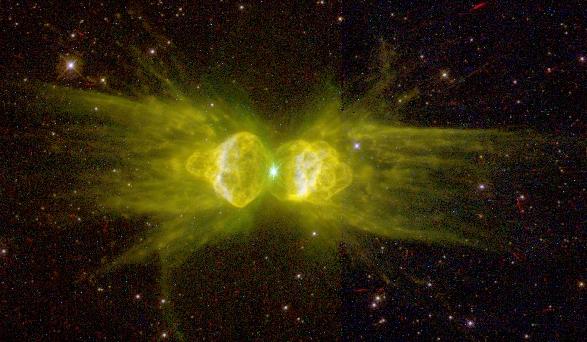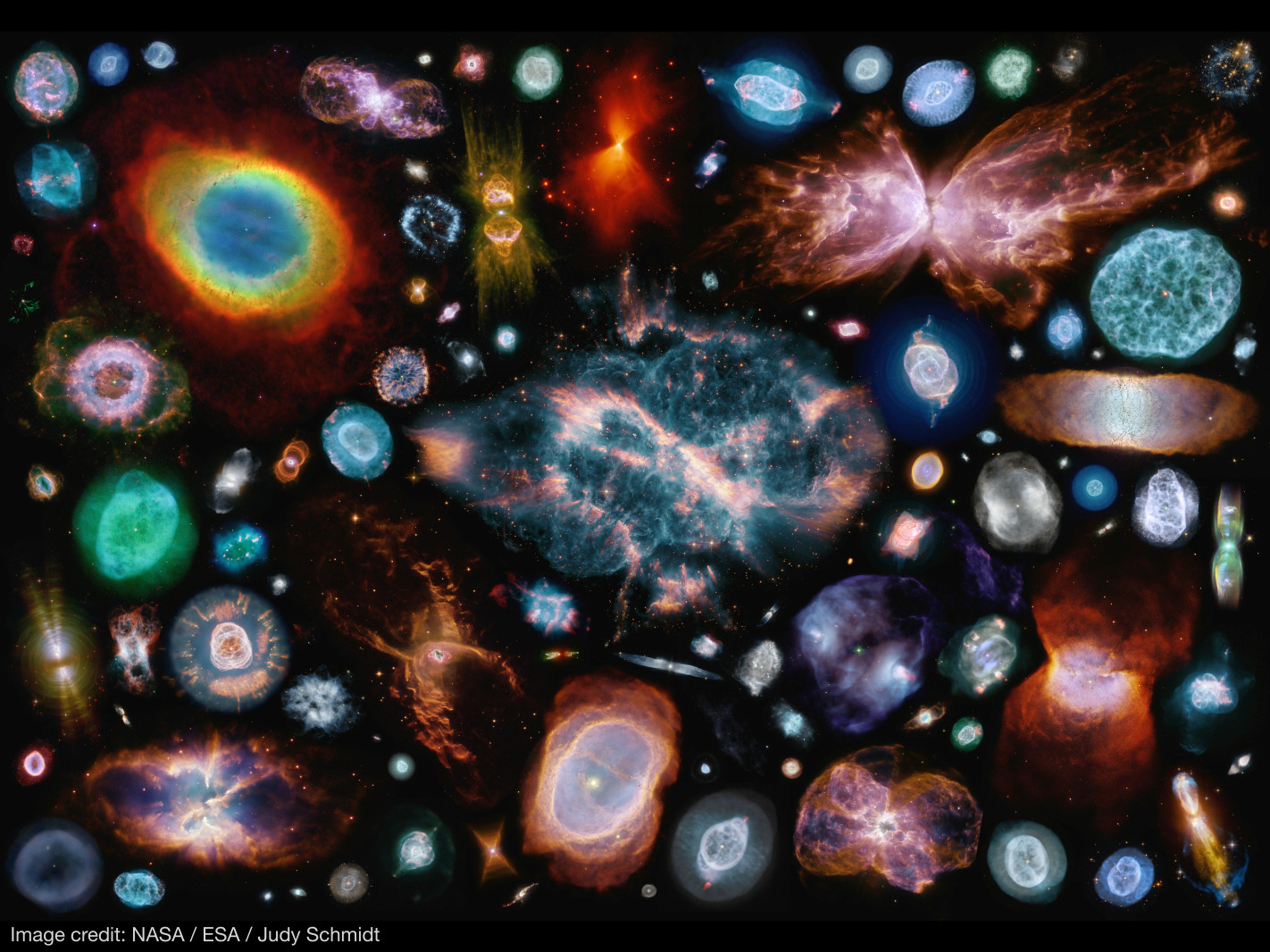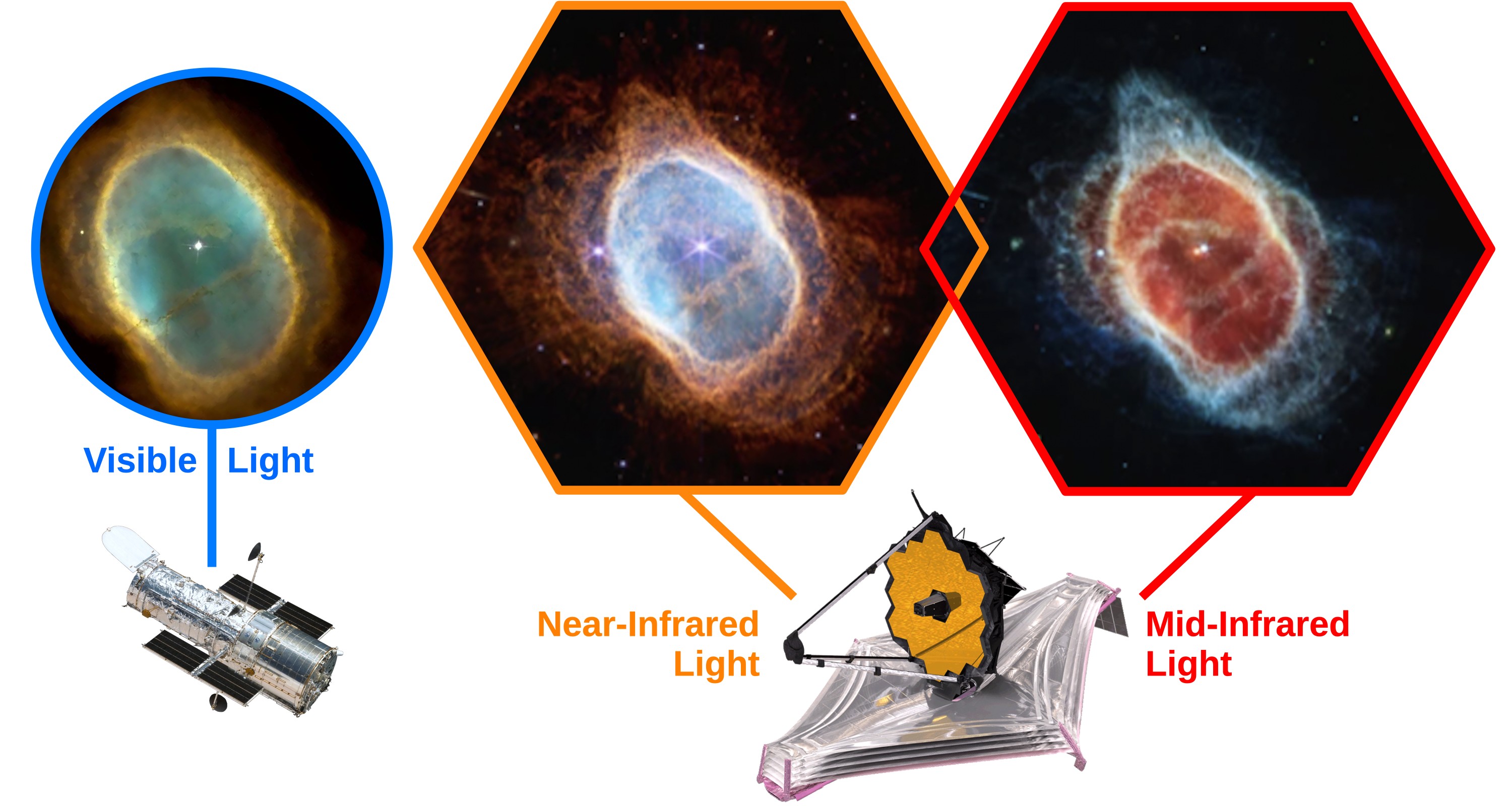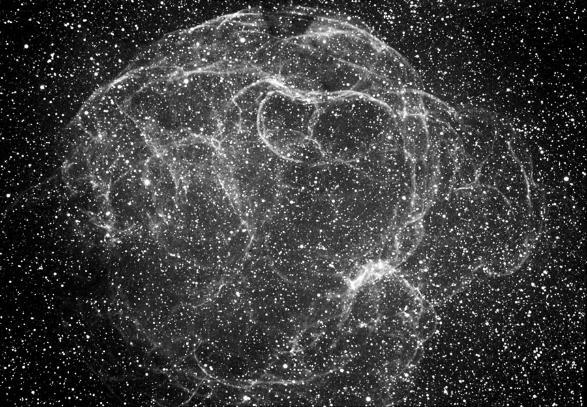-
Courses

Courses
Choosing a course is one of the most important decisions you'll ever make! View our courses and see what our students and lecturers have to say about the courses you are interested in at the links below.
-
University Life

University Life
Each year more than 4,000 choose University of Galway as their University of choice. Find out what life at University of Galway is all about here.
-
About University of Galway

About University of Galway
Since 1845, University of Galway has been sharing the highest quality teaching and research with Ireland and the world. Find out what makes our University so special – from our distinguished history to the latest news and campus developments.
-
Colleges & Schools

Colleges & Schools
University of Galway has earned international recognition as a research-led university with a commitment to top quality teaching across a range of key areas of expertise.
-
Research & Innovation

Research & Innovation
University of Galway’s vibrant research community take on some of the most pressing challenges of our times.
-
Business & Industry

Guiding Breakthrough Research at University of Galway
We explore and facilitate commercial opportunities for the research community at University of Galway, as well as facilitating industry partnership.
-
Alumni & Friends

Alumni & Friends
There are 128,000 University of Galway alumni worldwide. Stay connected to your alumni community! Join our social networks and update your details online.
-
Community Engagement

Community Engagement
At University of Galway, we believe that the best learning takes place when you apply what you learn in a real world context. That's why many of our courses include work placements or community projects.
Stellar Destruction
Group Members
Staff: Matt Redman (Head of Physics)
Graduate Students: Carla Anderson (MSc)
Short Research Summary
Our research programmes bring together the themes of star formation and star destruction. We have studied how low-mass star formation can proceed in the vicinity of violent massive stars. A recently new research theme, inspired by the widespread discovery of exoplanets, is to investigate the effects of the destruction of planets on the evolution of sun-like stars as they evolve to form (coincidentally, and confusingly misnamed!) planetary nebulae, the shaping of which are not understood. This work has been well supported by grants for PhD students and a postdoctoral researcher.
Full Research Description
All stars convert hydrogen to helium by nuclear fusion. Eventually (sometimes after billions of years) there is no more hydrogen to convert in the core. What happens next depends on the mass of the star. A star like our own Sun will convert helium to carbon and oxygen and then form what astronomers call confusingly a planetary nebula. This is an expanding shell of mostly ionized gas that the Sun will shed once it has grown into a red-giant star close to the end of its lifecycle. These nebulae are called "planetary" because when astronomers used early telescopes in the late 18th century these nebulae resembled the planets in our own solar system. Even though now we know they are quite different objects that are much larger and further away, the term stuck. In the image below you can see an example of a planetary nebula.

Image of Planetary Nebula
In recent years a growing number of planetary nebulae have been observed with large telescopes that produce beautiful images that show their intricate structure. In the image below there are 100 different such objects depicted. The many different shapes are actually a puzzle for modern astronomy, as we would theoretically expect them to be evenly round.

A Gallery showing the many different shapes of Planetary Nebulae
There are several hypotheses why planetary nebulae so often have asymmetric shapes from the influence of planets around their dying precursor stars to stellar companions. With observatories such as the James Webb Space Telescope, that operates in the near and mid-infrared, we can pear deeper into these enigmatic objects than ever before, because the dusty layers in the outer shell become translucent.
The image below shows the Southern Ring Nebula (also called the Eight-Burst Nebula). On the left you can see the Hubble Space Telescope image in visible light. On the right you peer deeper into the nebula with the James Webb Space Telescope. As part of a large international team we used these JWST data to investigate this nebula and the binary star at its center. The corresponding research paper can be found here.

A star more massive than 8 times the mass of the sun will eventually detonate in a supernova explosion. We study the remnants of these explosions as they expand and interact with the interstellar medium. Eventually some of the material from the explosion will go on to enrich the heavy elements of the next generation of stars. It turns out that planets are mostly found around stars that are rich in heavy elements, which highlights the importance of these stellar explosions for the formation of future planetary systems.

Image of Supernova Remnant
One of our research projects targeted the Honeycomb nebula, located at the edge of the Tarantula nebula, within the Large Magellanic Cloud. A supernova ejected material and created a set of ring structures. You can see the paper here or download the free version at astro-ph















